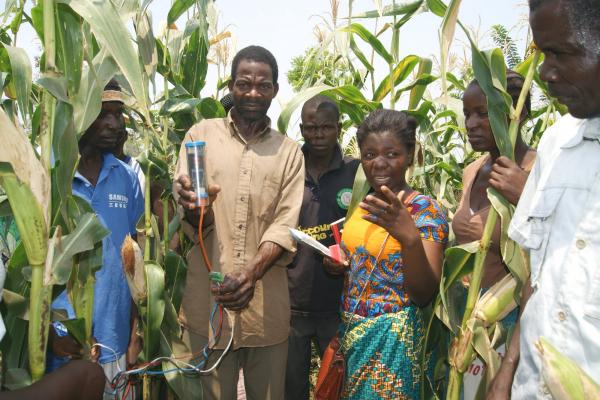- HomeHome
-
About ACIAR
- Our work
- Our people
-
Corporate information
- ACIAR Audit Committee
- Commission for International Agricultural Research
- Policy Advisory Council
- Agency reviews
- Executive remuneration disclosure
- Freedom of information (FOI)
- Gifts and benefits register
- Information publication scheme
- List of new agency files
- Contracts
- Legal services expenditure
- Privacy impact assessment register
- Commonwealth Child Safe Framework
- Benefits to Australia
- Careers
- 40 years of ACIAR
-
What we do
- Programs
- Cross-cutting areas
- Resources
- Where we work
-
Funding
- Research projects
- Fellowships
-
Scholarships
- John Allwright FellowshipScholarships to study in Australia for ACIAR partner country scientists to have Australian postgraduate qualifications
- ACIAR Pacific Agriculture Scholarships and Support and Climate Resilience Program
- Alumni Research Support Facility
- Publications
- News and Outreach
Date released
21 January 2019
- The Virtual Irrigation Academy is an Australian–African collaboration, combining ACIAR project management and funding with CSIRO expertise.
- The Virtual Irrigation Academy uses new irrigation monitoring tools and an online communication and learning system.
Water, not bread, is arguably the staff of life. In an Australian–African collaboration, scientists are helping to ensure this precious commodity is used efficiently. A project combining CSIRO expertise and ACIAR project management and funding, the Virtual Irrigation Academy (VIA) brings together new irrigation monitoring tools with an online communication and learning system. The tools have been developed by Australian scientists, led by Dr Richard Stirzaker, CSIRO Agriculture and Food, who has an enduring interest in using such technology to create a social movement around water and food. ‘Soil physics is boring to most, but turning water into food for the vulnerable on earth is not,’ Stirzaker says.
The VIA involves two main irrigation monitoring tools: the Chameleon Soil Water Sensor and the FullStop Wetting Front Detector. The Chameleon consists of a series of relatively cheap and easy-to-understand sensors, which are embedded into the soil at various levels (15, 30, 45 and 60 cm) to show where the plant’s roots are actively taking up water. A Chameleon reader displays lights that turn from blue to green or red to show the soil’s water status.
Armed with this information, smallholders can manage crops more efficiently, by timing when to irrigate to avoid water stress, and working out how much water the soil needs. The Chameleon also helps smallholders avoid waterlogging by determining when the soil profile may be susceptible to fertiliser leaching, capitalising on rainfall.
The FullStop acts as a simple soil leaching detector, monitoring salt and nitrate levels in the soil. It captures a soil water sample from the root zone and indicates how much fertiliser is there with colour-changing paper strips. If farmers use both the Chameleon and FullStop, they know what’s going on underground.
The Chameleon sensors are ID-chipped and the reader is wi-fi enabled, which allows data to be shared. The farmers see the data first through the coloured lights, but the information is also sent to the cloud via mobile phones so that extension workers and researchers can learn from these farmers’ experiences.
A growing number of people and organisations have made their data public on the VIA site.
The VIA project was launched in 2015 and will run until 2019. In Africa, the project is being undertaken in Malawi and Tanzania. The Association for Strengthening Agricultural Research in Eastern and Central Africa coordinates and provides technical support in both countries.
Delegates at the first East Africa Digital Farmers Conference and Exhibition held in May 2018 in Nairobi, Kenya, were very positive about the use of these water and nutrient smart technologies to promote efficient and cost-effective irrigation.
According to conference reports:
- The combined technology has reduced water usage by 50% in pilot schemes in Malawi and Tanzania by extending the intervals between irrigation. Instead of irrigating four to five times a month, smallholders are now irrigating only once or twice a month.
- The land under irrigation has increased by 83% in some of the pilot schemes.
- Less frequent irrigation means smallholders have more time to devote to grazing livestock, cultivating other crops and, for some women, building off-farm businesses to generate more family income.
Several hundred Chameleon and FullStop arrays are already in operation across southern Africa, and the project team are working with irrigation departments in Malawi, Mozambique and Zimbabwe to roll out the sensors to monitor water use in government irrigation schemes.





